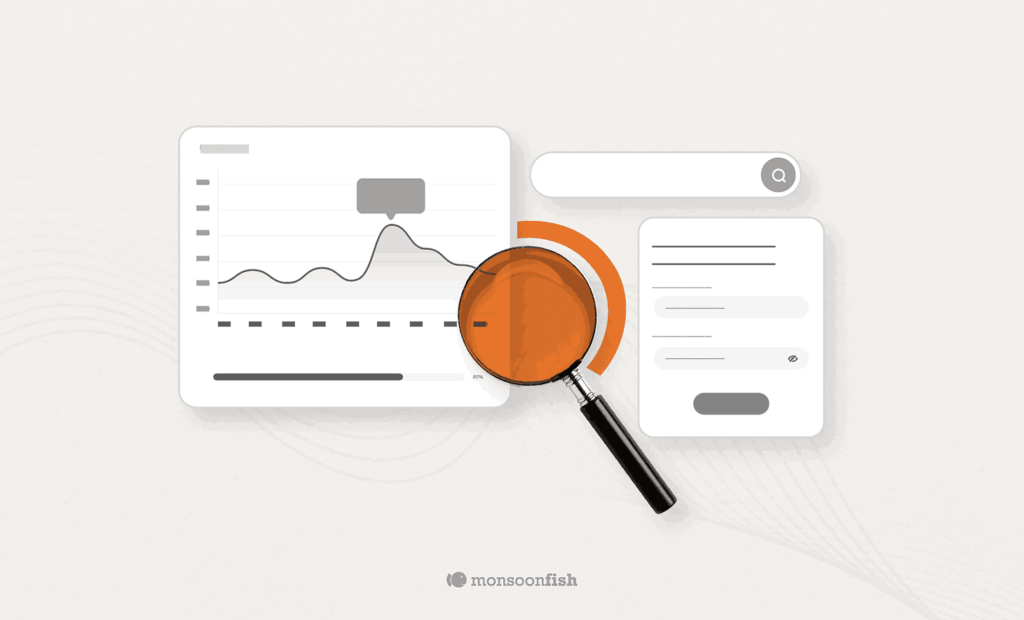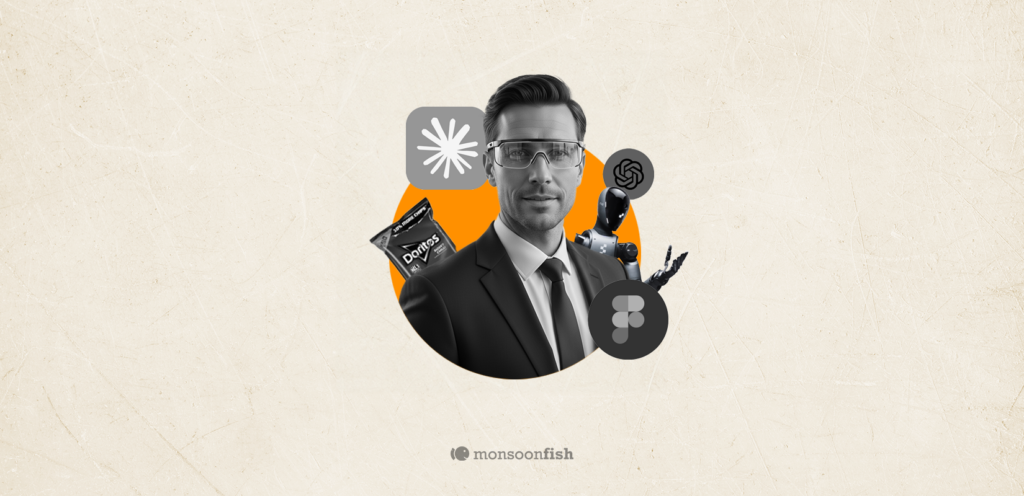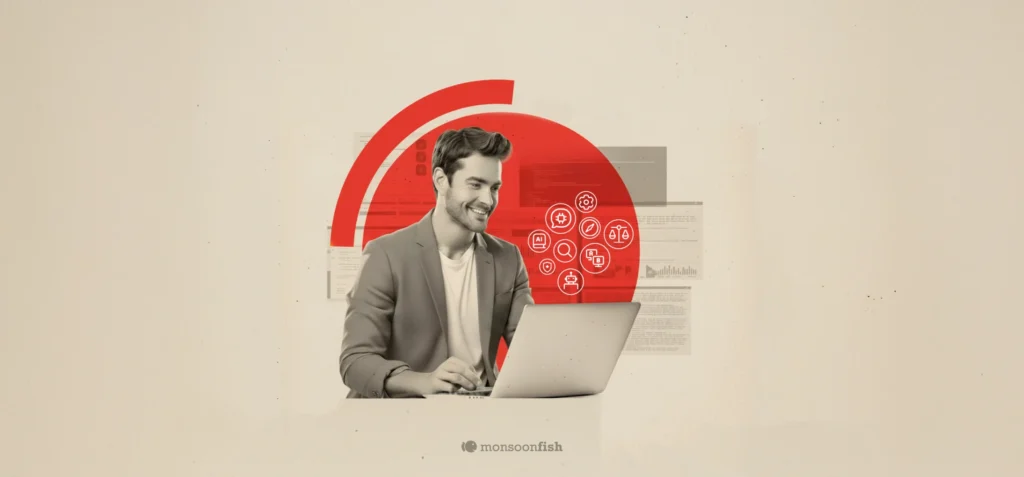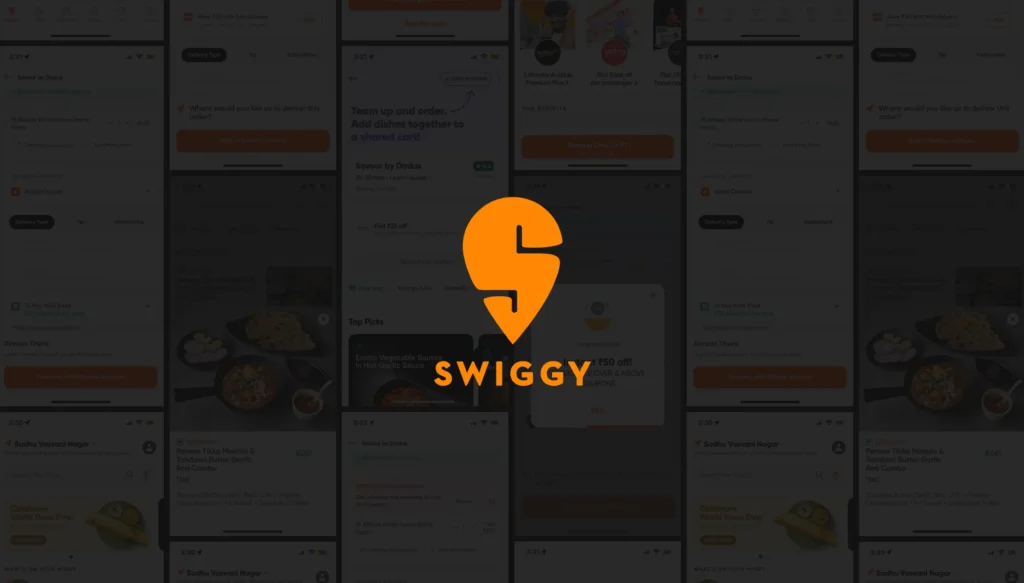app
Search app
With user experience becoming a big deal in web and app design, UX audit has become super important. It’s like a product roadmap, showing its effectiveness, boosting conversions, and ensuring users easily achieve their goals.
Friction in UX is any action disrupting the normal flow of users when accessing a website. It plays a key role in each aspect of user flow.
The purpose of using data in UX is to ensure objectivity in decisions. High-end analysis and statistical tools gives you insights on design accuracy.
When you develop a UX design for the millennial user, certain criteria ought to be kept in mind. Read on to know the characteristics of a millennial UI.
What’s next for BookMyShow? After speaking to the users of the BookMyShow app, they introduced the feature of chat-based decision-making.
Design can add value to SAAS products. Here are 10 SAAS products that gained business value from UX and offer unique features.











